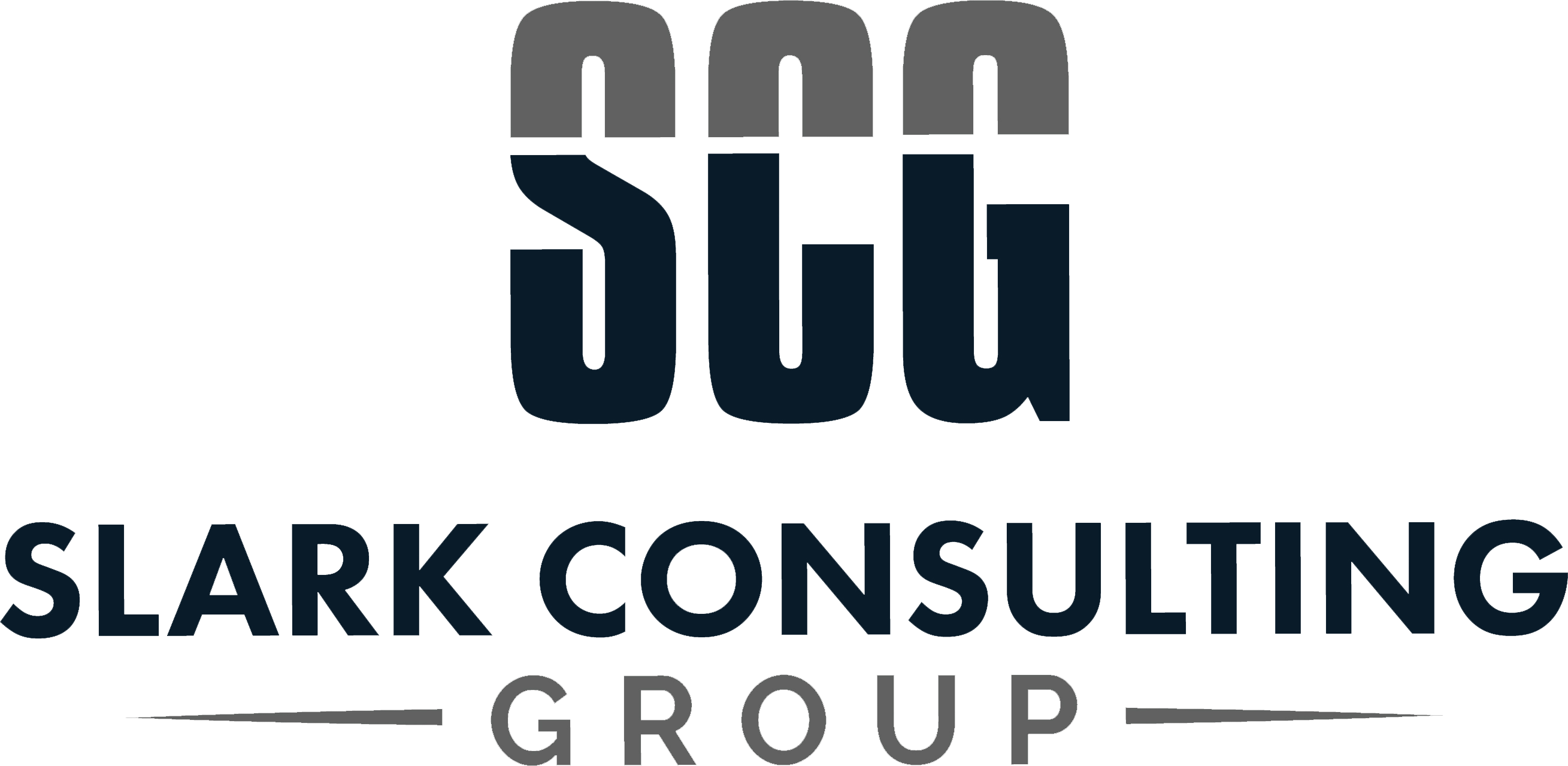Introduction
As businesses experience growth, they embark on a journey where complexity becomes a central challenge. With the expansion comes a myriad of additional processes, departments, and functions that require efficient management. As a result, coordinating activities, ensuring effective communication, and maintaining organizational alignment has become increasingly crucial. In this blog post, we will delve into the topic of scaling operations and explore the complexities that arise while providing examples to illustrate the challenges and potential solutions.
The Expanding Puzzle of Coordinating Activities
Imagine a small e-commerce startup that quickly gains traction and experiences a surge in orders. As the business scales, managing activities such as inventory management, order fulfillment, customer support, and shipping becomes more intricate. Each function requires specialized attention, and ensuring seamless coordination becomes essential. Without effective systems and processes, bottlenecks can arise, leading to delayed shipments, dissatisfied customers, and potential damage to the company’s reputation.
Solution: Implementing an enterprise resource planning (ERP) system can help streamline operations by integrating different departments, improving data visibility, and enabling efficient collaboration. This allows for a smoother flow of information and resources across various functions, minimizing complexities and enhancing overall operational efficiency.
Communication Breakdowns in the Growth Spurt
As a business grows, communication becomes more challenging. Consider a software development company that expands its team to accommodate increasing client demands. Ensuring effective communication becomes critical with additional departments, remote teams, and different time zones. Misunderstandings, delays, and misaligned expectations can hamper progress and hinder the achievement of business goals.
Solution: Implementing project management tools, internal communication platforms, and regular team meetings can enhance communication and collaboration. Clear channels for sharing information, discussing progress, and addressing challenges foster a culture of transparency and enable teams to stay aligned, even amidst growing complexity.
Maintaining Organizational Alignment
Organizational alignment becomes progressively difficult to maintain as a business scales. Consider a retail chain expanding its operations to new locations. Each new branch brings unique challenges, local regulations, and customer preferences. Ensuring the company’s core values, brand identity, and customer experience remain consistent across all locations becomes more complex.
Solution: Establishing robust standard operating procedures (SOPs) and training programs helps ensure consistency. Regular communication channels, such as newsletters or town hall meetings, can reinforce company values, share success stories, and align teams with the overarching organizational vision.
Streamlining Complexity through Automation
Automation plays a vital role in simplifying and streamlining operations as businesses grow. For instance, a manufacturing company experiencing increased demand can leverage automation technologies to optimize production processes. In addition, automating repetitive tasks, implementing smart inventory management systems, and utilizing machine learning for demand forecasting can significantly enhance efficiency and reduce the complexity associated with scaling operations.
Solution: By leveraging technology and automation solutions, businesses can streamline their operations and redirect valuable human resources toward more strategic initiatives. This helps maintain competitiveness in the market while effectively managing complexity.
Conclusion
As businesses strive for growth, they encounter an array of complexities that must be navigated effectively. With expansion, coordinating activities, ensuring efficient communication, and maintaining organizational alignment becomes increasingly challenging. However, businesses can successfully scale their operations by implementing suitable strategies, embracing technology, and fostering a culture of adaptability. With careful planning and continuous improvement, complexity can be transformed into an opportunity for growth and success.
